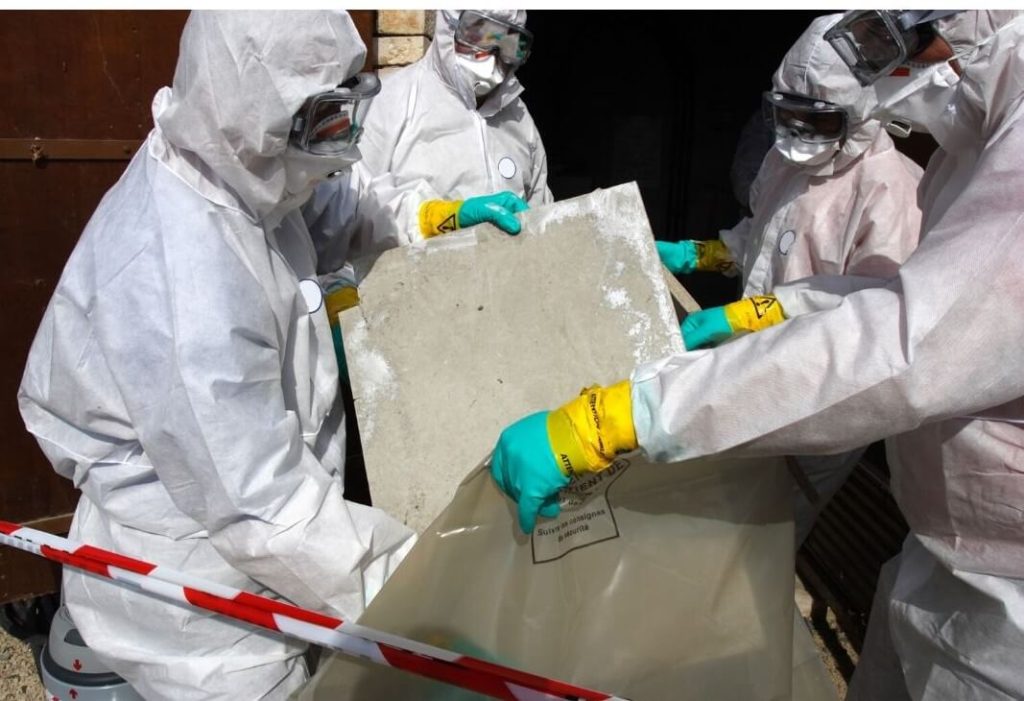If your workplace handles hazardous chemicals—whether it’s a manufacturing plant, a lab, a construction site, or even certain healthcare environments—you can’t afford to guess about employee safety. Chemical exposure is often invisible, but the long-term effects can be devastating: chronic illness, irreversible damage, and costly legal trouble.
That’s why regular chemical exposure testing isn’t just smart—it’s essential. It protects your people, your business, and your reputation while keeping you aligned with OSHA’s strict safety standards.
What Exactly Is Chemical Exposure Testing?
Think of chemical exposure testing as your early warning system. It measures the level of harmful substances employees may breathe in, touch, or absorb during the workday. This can include:
- Airborne chemical concentrations (fumes, vapors, dust)
- Surface contamination on workstations and tools
- Biological indicators like trace chemicals detected in blood or urine samples
Most testing is done by certified industrial hygienists using air sampling devices, surface swabs, or direct-reading instruments to get precise, reliable data.
Why It Matters—Now More Than Ever
Waiting for someone to show symptoms before acting is like waiting for a fire to spread before grabbing the extinguisher. By the time a worker feels the effects of chemical exposure, the damage could already be permanent.
Unchecked exposure can lead to:
- Chronic respiratory problems or skin conditions
- Neurological and reproductive health issues
- Lost productivity and higher healthcare costs
- OSHA citations and lawsuits
Pro Tip: Regular testing not only detects hazards—it can also pinpoint exactly where controls or ventilation need improvement.
What OSHA Requires
Under OSHA 29 CFR 1910 Subpart Z, there are specific Permissible Exposure Limits (PELs) for more than 500 substances. As an employer, you’re required to:
- Monitor exposure when hazardous substances are in use
- Provide the right PPE for each task
- Train employees on chemical hazards and safe handling practices
- Keep exposure records and share results with workers
Common substances that demand close monitoring:
- Asbestos
- Formaldehyde
- Lead
- Benzene
- Respirable crystalline silica
When to Test
You don’t have to wait for an incident to run exposure testing. In fact, OSHA expects proactive monitoring in situations like:
- Setting up a new facility or modifying existing processes
- Introducing new chemicals or equipment
- After employees report symptoms or concerns
- As part of regular industrial hygiene audits
How to Do It Right
For chemical exposure testing that’s accurate, defensible, and compliant:
- Identify potential hazards with a job hazard analysis.
- Use certified professionals with OSHA/NIOSH-approved methods.
- Compare results to OSHA PELs and ACGIH TLVs.
- Implement fixes—ventilation, PPE, or process changes—based on findings.
How RPF Environmental Can Help
At RPF Environmental, we take the guesswork out of chemical exposure testing. Our team provides:
- On-site industrial hygiene evaluations
- Air quality and contaminant testing
- Surface sampling and exposure mapping
- Compliance-ready documentation
- Expert recommendations to reduce or eliminate hazards
From manufacturing floors to medical labs, we help employers protect their teams and meet regulatory requirements—without disrupting daily operations.
Chemical exposure may be silent, but the risks are loud and clear. Proactive testing is the most effective way to catch hazards early, keep your employees healthy, and stay on the right side of OSHA.
Contact RPF Environmental today to schedule a chemical exposure assessment and ensure your workplace meets the highest safety standards.





